
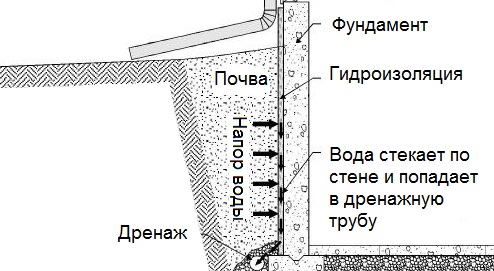
Общие условия выбора системы дренажа: Система дренажа выбирается в зависимости от характера защищаемого...

История создания датчика движения: Первый прибор для обнаружения движения был изобретен немецким физиком Генрихом Герцем...

Общие условия выбора системы дренажа: Система дренажа выбирается в зависимости от характера защищаемого...

История создания датчика движения: Первый прибор для обнаружения движения был изобретен немецким физиком Генрихом Герцем...
Топ:
Проблема типологии научных революций: Глобальные научные революции и типы научной рациональности...
Теоретическая значимость работы: Описание теоретической значимости (ценности) результатов исследования должно присутствовать во введении...
Характеристика АТП и сварочно-жестяницкого участка: Транспорт в настоящее время является одной из важнейших отраслей народного...
Интересное:
Влияние предпринимательской среды на эффективное функционирование предприятия: Предпринимательская среда – это совокупность внешних и внутренних факторов, оказывающих влияние на функционирование фирмы...
Финансовый рынок и его значение в управлении денежными потоками на современном этапе: любому предприятию для расширения производства и увеличения прибыли нужны...
Лечение прогрессирующих форм рака: Одним из наиболее важных достижений экспериментальной химиотерапии опухолей, начатой в 60-х и реализованной в 70-х годах, является...
Дисциплины:
|
из
5.00
|
Заказать работу |
|
|
|
|
1. Which of these activities have you done (or might you expect to do) at conferences?
2. Which activities are easier / more difficult for you? Why?
3. Do you know any words or phrases which are appropriate for these activities?
a. making arrangements for coffee, lunch or an evening out
b. asking someone which talks they have been to
с. asking someone for their opinion on a talk
d. finding out about where someone works and what research they are doing
e. asking someone if they are giving a talk
f. asking someone how successful their presentation was
g. introducing yourself or someone else for the first time
h. networking (making useful contacts)
Have you ever taken part in a meeting in English? If so, who was the meeting with and how was it? What might be difficult about having a meeting in English, apart from the language difficulties you might have? Listen to four scientists talking and take notes about problems they have had in meetings in English (Recording 2.1).
1 Sahal:____________________________________________
2 Hitomi:__________________________________________
3 Sam:___________________________________________
4 Radek:___________________________________________
Have you ever had a problem like those described by the speakers?
Milan is socializing at the 7th European Malaria Conference in Cambridge. Listen to extracts from eight different conversations Milan has (Recording 2.2). For each conversation, say which activity in Exercise 7 you hear. Sometimes, more than one correct answer is possible.
| Conversation 1:_____________ | Conversation 5:____________ |
| Conversation 2:_____________ | Conversation 6:____________ |
| Conversation 3:_____________ | Conversation 7:____________ |
| Conversation 4:_____________ | Conversation 8:____________ |
Look at the sentences from the conversations in Exercise 8c. Complete the spaces with the words in the box. Then listen and check your answers (Recording 2.2).
| about based face forward giving go honest how looking sessions this turnout |
Conversation 1
(1)____________ was it?
Well, to be (2)_________it was a bit too clinical for me.
Conversation 2
And (3) ________ is Freja Pedersen.
Conversation 3
So where are you (4) ________, Freja?
What are you (5)_______at?
Conversation 4
So are you (6)_______a paper here, Makareta?
Conversation 5
Well, how (7)_________you come out with us tonight?
Conversation 6
So, how did the talk (8)________?
Did you get a good (9)_________?
Conversation 7
So which other (10)________have you been to today, Milan?
Conversation 8
It’s good to finally meet you, Jacob, and put a (11)______to the name. This might seem a little (12)_______, but I wondered what opportunities there were in your lab for post-doctoral positions.
| 2C | Writing a Research Paper |
1. Read the text and answer the questions:
|
|
1. What preliminary sections do the research papers include?
2. How many major sections do the research papers contain?
3. How are these sections headed?
4. What do you think which of the sections contain figures?
5. What do you think which section is the most detailed? Why?
AN EXPERIMENTAL RESEARCH PAPER
An experimental resear c h paper is a paper written by a scientist to present the objectives, methods, results, and conclusions of the study he/she has performed. The paper is usually published in a professional scientific journal and often needs to be peer reviewed. It has much in common with other types of scientific writing, such as a monograph, a thesis or dissertation.
The term “experimental research” used here is referred to any kind of study in which a scientist states a problem, moves a hypothesis as a possible way to solve the problem, collects, processes and interprets research data which will either support or reject the hypothesis.
A paper which describes experimental research differs from a review paper in one major way: it is not limited to the description of the state of knowledge in a given topic area; here the author is expected to create an entirely new work based on his own experimental findings, their interpretation and evaluation.
The organizational format for all experimental research papers is generally the same, regardless of the field of study in which the scientist is working. A typical experimental research paper contains the following sections in the order they are listed:
• Preliminary sections:
Title
Abstract
Keywords
Nomenclature
• Major sections:
Introduction
Methods and Materials
Results and Discussion
Conclusion
• Supporting sections:
Acknowledgements
References
Appendices
Tony is doing research into the panspermia hypothesis as part of a Master’s degree in astrobiology. He has been investigating whether it is possible for bacteria and microorganisms to survive in an environment as harsh as the surface of Mars. He has been advised to organise the text of his introduction around five key questions. Match the beginnings to the endings of the questions.
| 1. What was I | a. approach the problem? |
| 2. Why was it | b. expect to know after doing the research? |
| 3. What was already | c. important? |
| 4. What did I | d. investigating? |
| 5. How did I | e. known about the subject of my research? |
|
|
|
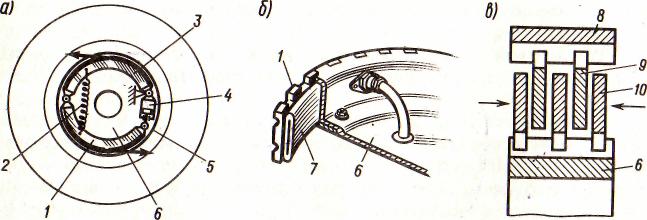
Автоматическое растормаживание колес: Тормозные устройства колес предназначены для уменьшения длины пробега и улучшения маневрирования ВС при...
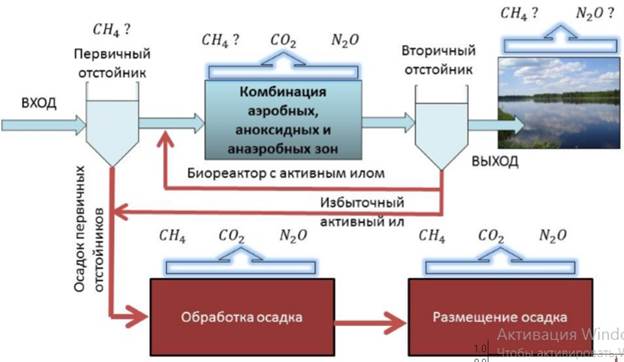
Эмиссия газов от очистных сооружений канализации: В последние годы внимание мирового сообщества сосредоточено на экологических проблемах...
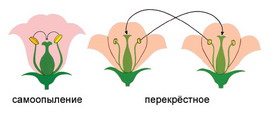
Семя – орган полового размножения и расселения растений: наружи у семян имеется плотный покров – кожура...
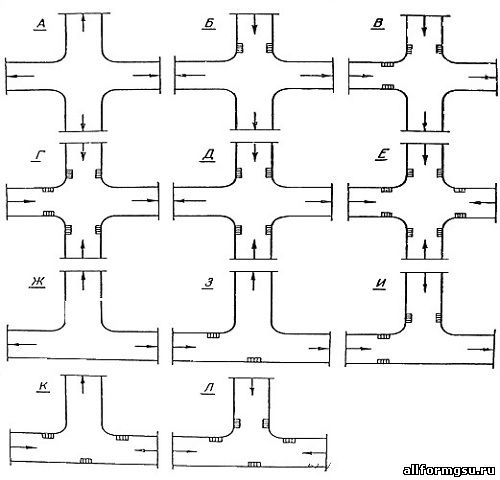
Организация стока поверхностных вод: Наибольшее количество влаги на земном шаре испаряется с поверхности морей и океанов (88‰)...
© cyberpedia.su 2017-2024 - Не является автором материалов. Исключительное право сохранено за автором текста.
Если вы не хотите, чтобы данный материал был у нас на сайте, перейдите по ссылке: Нарушение авторских прав. Мы поможем в написании вашей работы!